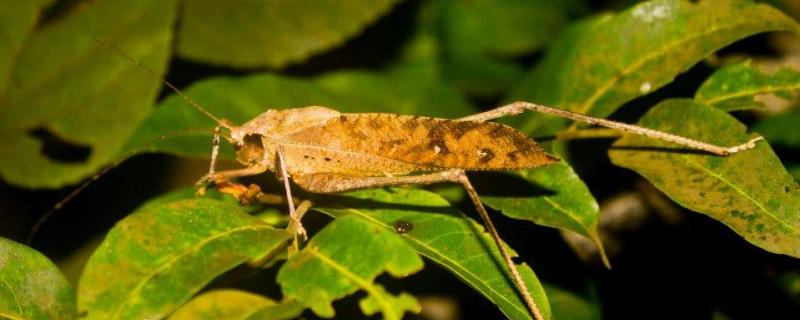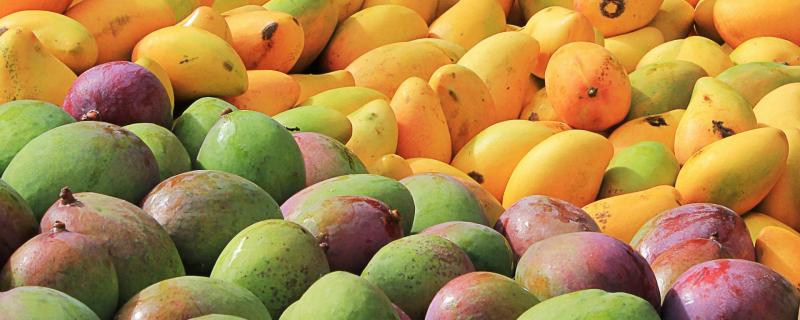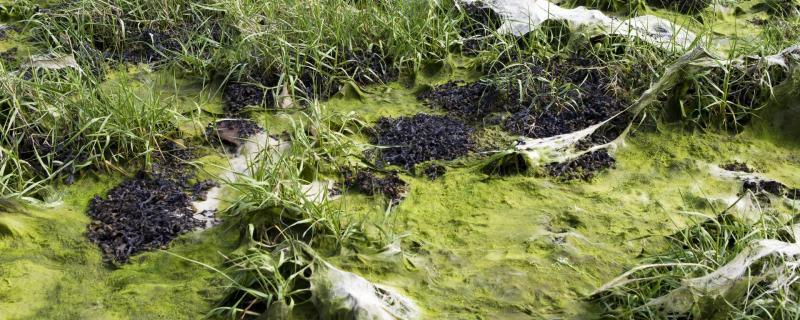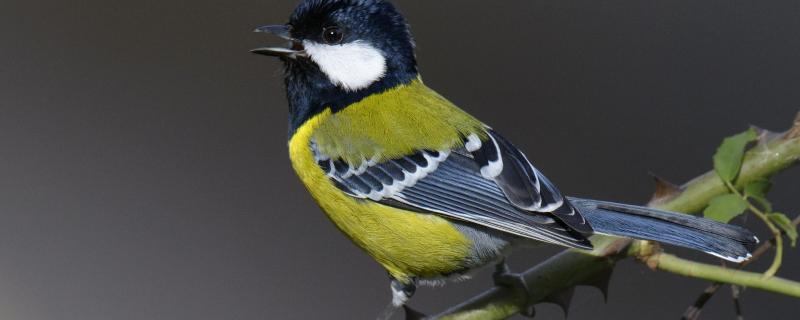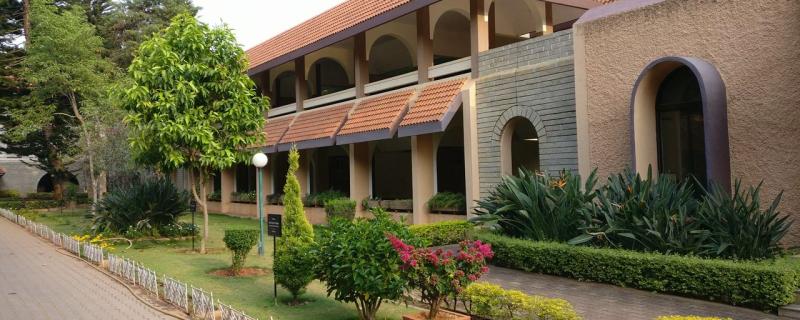Movie buffs and science aficionados are gearing up for the third Science Film Festival of India (SFFI) organized by Vijnana Bharati along with Vidnyan Parishad, Goa. The four day festival will kick off on the 16th of January 2018 in Panaji, Goa, and will feature movie screenings, workshops, exhibitions and competitions showcasing science and technology.
आयआयटी मुंबईद्वारे विकसित नवीन डीप-लर्निंग फ्रेमवर्क SpADANet (स्पाडानेट) मर्यादित लेबल्स वापरूनही अनेक चक्रीवादळांमधील संरचनात्मक नुकसान अधिक अचूकपणे वर्गीकृत करू शकते.
Mumbai/


